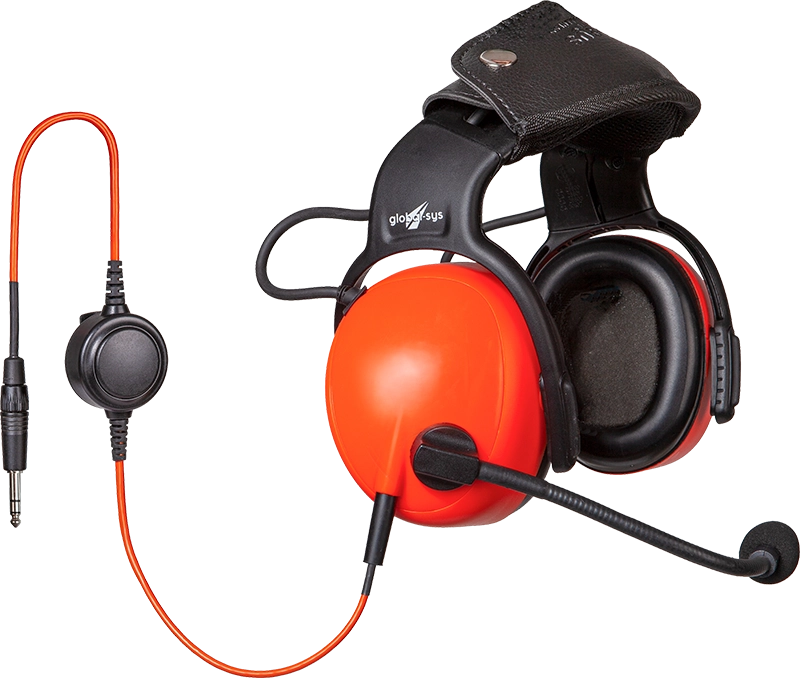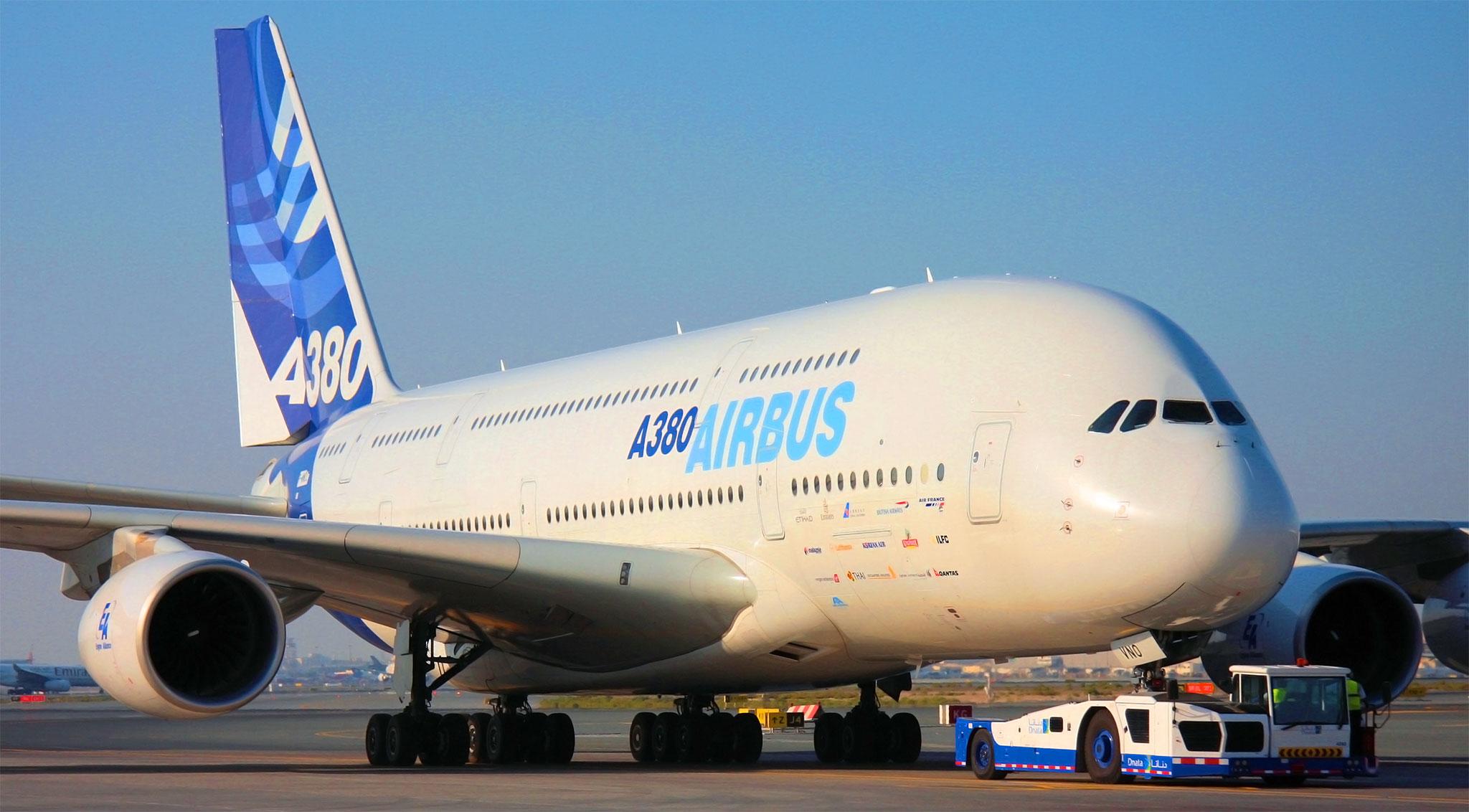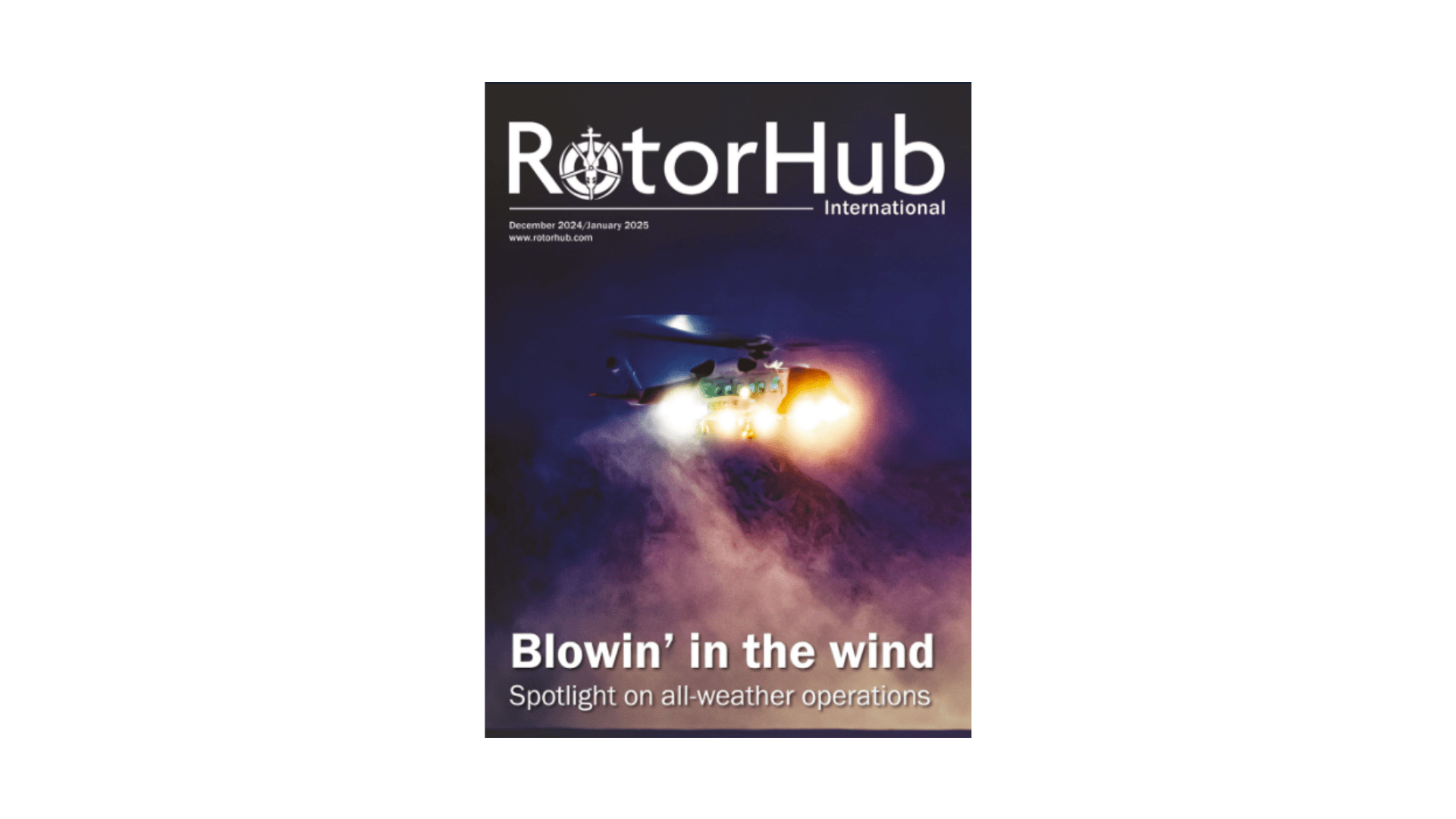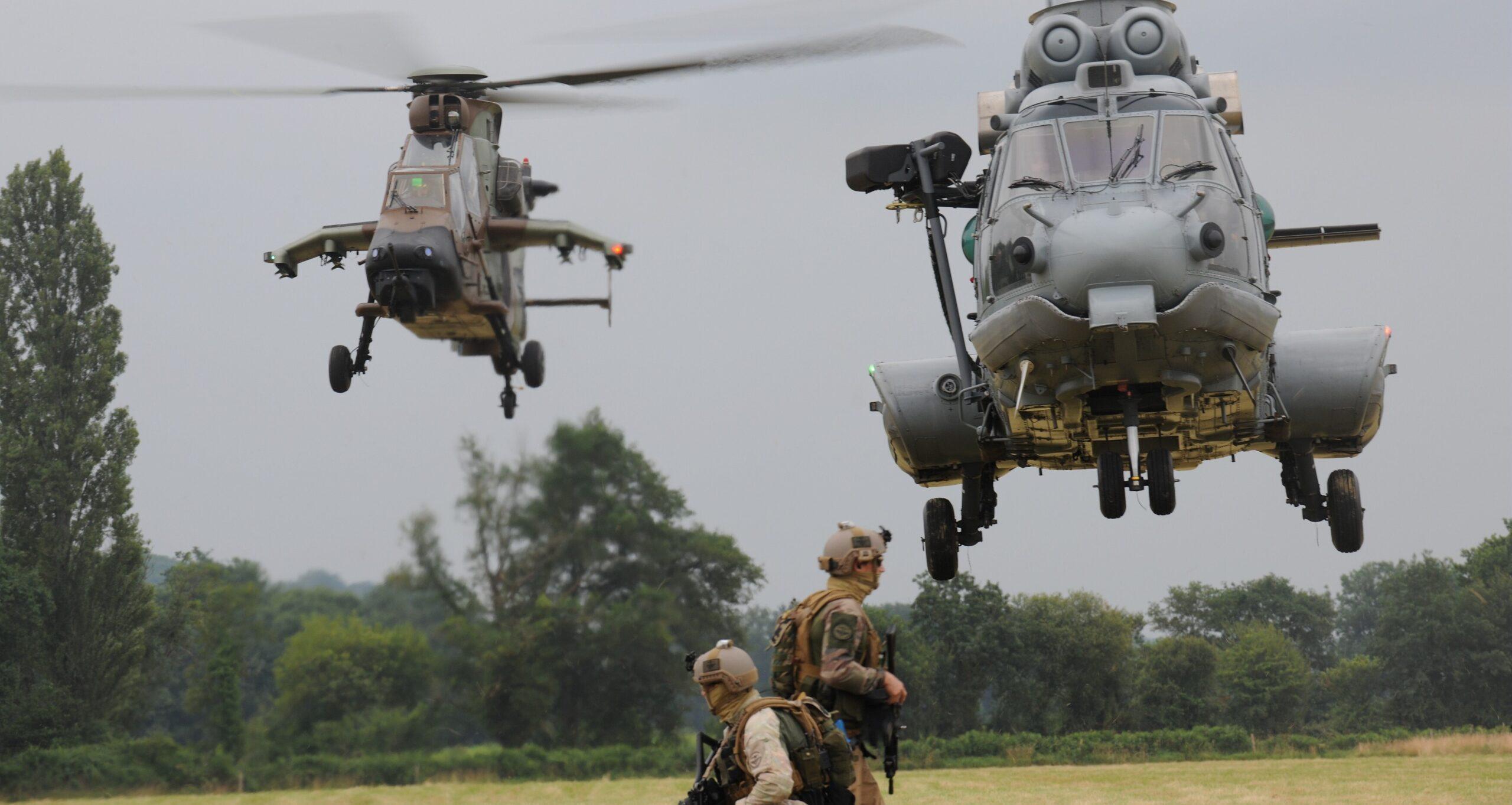In high-noise environments such as aviation, industrial plants, or military operations, clear and secure communication is not just a convenience; it’s a critical necessity. Operators in these sectors often work under pressure, surrounded by constant mechanical or environmental noise that can disrupt normal conversation and decision-making processes. In such settings, safe communication solutions offer a significant advantage by ensuring reliable message transmission, preventing misunderstandings, and maintaining operational integrity.
Whether it’s an airside ground handler communicating with cockpit crew, a soldier in the field coordinating movements, or a technician in a factory performing critical maintenance, the demand for noise-cancelling communication systems and secure audio systems is rising. These solutions help organizations maintain industrial safety, boost productivity, and avoid potentially catastrophic errors stemming from miscommunication.
Administrators play a crucial role in overseeing and managing these communication systems, ensuring that only authorized personnel have access to sensitive information and that all safety measures are properly implemented.
Introduction to Communication Solutions
In today’s fast-paced world, communication solutions are indispensable for organizations aiming to stay connected and respond quickly to emergencies. Secure communication solutions, such as encryption and two-way radios, play a pivotal role in protecting sensitive information and ensuring reliable communication across various sectors.
Communication systems, encompassing networks and devices, must be meticulously designed to cater to the unique needs of diverse industries, including schools, healthcare, and manufacturing. In these environments, workplace safety and communication systems are deeply intertwined. Effective communication is not just a convenience; it is crucial for preventing accidents and responding to emergencies efficiently.
For instance, communication solutions like messaging and alerts can significantly improve response times, keeping workers safe and informed. Secure communication solutions, such as secure email and file sharing, are essential for safeguarding sensitive information and ensuring compliance with regulatory standards.
Moreover, communication systems, including equipment and support services, must be engineered to meet the highest standards of safety and efficiency. Reliable communication is critical for maintaining business continuity and minimizing disruptions, making it a cornerstone of organizational resilience.
The risks of poor communication in noisy environments
Failures in communication in high-noise environments can have severe consequences, especially during a crisis where effective communication is crucial. In aviation, a misheard instruction during aircraft pushback can result in costly damage or injury. In military operations, unclear tactical commands can jeopardize mission success and put lives at risk. In industrial sectors, miscommunication during equipment maintenance or coordination tasks can lead to accidents, downtime, and even legal liability.
Delivering clear and accurate messages is essential to prevent operational failures and ensure safety. The risks include:
- Operational failure due to misunderstood or delayed commands.
- Personnel injury from failure to alert about hazards or changes.
- Security breaches when communication systems are not encrypted, especially in sensitive or mission-critical environments.
- Compliance violations in regulated industries where communication logging and traceability are mandatory.
In short, ensuring reliable communication is as crucial as the operational task itself. Organizations that ignore the need for tailored communication systems expose themselves to significant risk.
Key features of a safe communication solution
The development and implementation of safe communication solutions should focus on technologies that enhance both audio clarity and data security. The functionality of advanced communication systems is crucial for effective connectivity, especially in crisis situations. Here are the core capabilities any organization should look for:
- Active Noise Cancellation (ANC): This technology detects and cancels ambient noise in real time, allowing only the voice to pass through, even in loud environments like airports or ship decks.
- Encrypted Communication Systems: Whether wired or wireless, encryption is essential to protect sensitive data from interception or unauthorized access. The role of protection in safeguarding sensitive information from unauthorized access and cyber threats cannot be overstated.
- High-Definition Audio: Clear transmission of voice signals reduces the risk of error and improves comprehension, particularly when using radios or intercoms.
- Rugged and Durable Hardware: Communication devices must be built to withstand harsh conditions—dust, vibration, temperature extremes, and moisture.
- Wireless Headsets with Reliable Connectivity: Wireless devices reduce mobility constraints and enhance operational efficiency, provided they maintain consistent and secure signal quality.
These features ensure mission-critical communication is maintained under any circumstance.
Current technologies addressing communication challenges
Innovations in communication technology have significantly improved performance in noisy and sensitive environments. Emphasizing the importance of collaboration, solutions now include:
- Noise-cancelling wireless headsets: Designed for use in aviation, ground support, and industrial settings, these headsets allow clear communication without interference from jet engines, machinery, or wind.
- Encrypted tactical radios: Used in military and defense applications, these radios are equipped with frequency-hopping and secure encryption to avoid interception and jamming.
- Secure intercom systems: Often deployed in manufacturing or naval environments, these systems enable hands-free communication across multiple teams with centralized control.
- Digital signal processing (DSP): Embedded in modern communication devices, DSP enhances clarity by filtering out background noise and emphasizing the human voice.
Secure devices play a crucial role in maintaining communication integrity, ensuring that sensitive information remains protected and business operations continue smoothly.
Choosing systems that support interoperability across teams and platforms is also key—particularly in complex operations like multi-agency responses or joint industrial projects.
Workplace Safety and Communication Systems
Workplace safety and communication systems are fundamental in preventing accidents and ensuring swift responses to emergencies. Effective communication is the backbone of a safe work environment, ensuring that all workers are aware of potential hazards and can act promptly to mitigate risks.
Communication systems, such as two-way radios and messaging platforms, are invaluable tools in improving response times and keeping workers safe. These systems enable real-time communication, allowing for immediate alerts and coordinated responses during critical situations.
Maintaining workplace safety involves ensuring that all stakeholders, including employees, contractors, and visitors, are informed and engaged in emergency preparedness and response. This comprehensive approach to safety is crucial for maintaining business continuity and minimizing operational disruptions.
Coordinating with multiple stakeholders, such as emergency responders, supervisors, and employees, is essential for effective workplace safety. A robust safety plan should include thorough risk assessment, well-defined emergency response protocols, and clear communication strategies to ensure everyone is prepared and protected.
How to choose the right solution for your environment
Not all communication systems are created equal, and selecting the right solution requires a thorough analysis of your operational context. Here’s a checklist to guide the selection process:
- Define your noise profile: What type of noise (continuous, impulsive, variable) and at what decibel levels?
- Determine usage scenarios: Fixed or mobile? Indoors or outdoors? Short-range or long-range?
- Evaluate compliance requirements: Are there standards to meet (e.g., OSHA, MIL-STD)? It is crucial to manage these compliance requirements effectively to avoid complexities associated with multiple policies and standards.
- Assess interoperability: Will the system need to connect with existing radios, intercoms, or network infrastructure?
- Battery life and maintenance: Consider the expected duration of use and ease of regular upkeep.
Organizations in the aviation sector might prioritize wireless headsets with low-latency communication, while military units may focus on tactical communication features like stealth operation and GPS integration. Industrial environments may need robust headsets with simple push-to-talk (PTT) functions and noise filtering.
Effective communication in noisy environments is not optional; it’s a foundational element of safety, security, and operational efficiency. As industries continue to face complex challenges, the need for safe communication solutions that combine noise-cancelling communication, reliable wireless systems, and encrypted audio is more critical than ever.
Choosing the right technology ensures that every instruction is understood, every risk is mitigated, and every operation proceeds with confidence. Organizations that invest in modern, adaptive communication technologies not only enhance their immediate performance but also strengthen community engagement by ensuring that critical information is accessible to all members, thereby promoting safety and connectivity across various sectors like education and healthcare.
In conclusion, the importance of secure and reliable communication solutions cannot be overstated. Whether in high-noise environments or everyday operations, these systems are vital for ensuring safety, protecting sensitive information, and maintaining operational efficiency. By investing in modern communication technologies, organizations can enhance their performance, mitigate risks, and create a safer, more resilient workplace.





